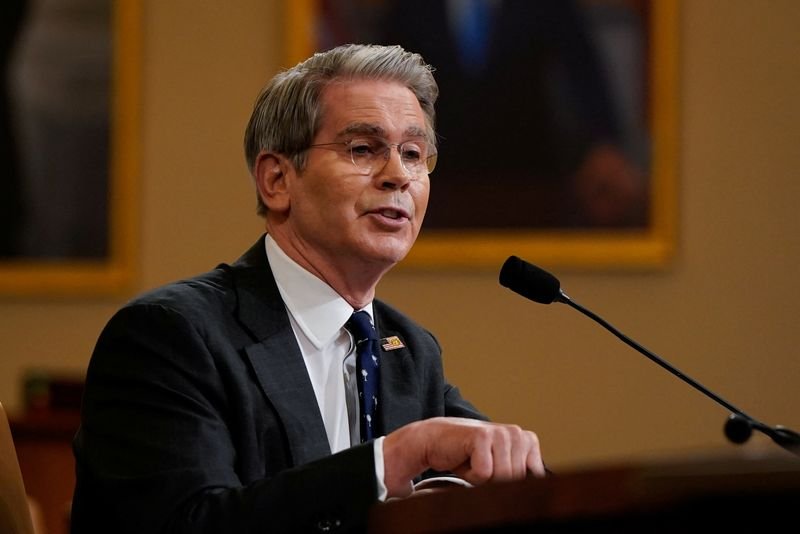Examination of the U.S. Treasury and the Federal Reserve’s Role
The relationship between the U.S. Treasury and the Federal Reserve is a crucial aspect of America’s financial landscape. Understanding how these entities operate together can provide valuable insights into the economic health of the nation.
The U.S. Treasury’s Functionality
The U.S. Treasury, established in 1789, is responsible for managing government finances, including the implementation of fiscal policies. It oversees the issuance of currency and manages federal debt, among other duties. The Treasury plays a vital role in shaping the nation’s financial strategies and ensuring economic stability.
One of its key functions is collecting taxes, which fund public services and government operations. Furthermore, the Treasury is involved in economic policies that aim to stimulate growth and reduce unemployment. It provides data and forecasts that can influence decision-making across various sectors.
The Role of the Federal Reserve
The Federal Reserve, often referred to as the Fed, serves as the central banking system of the United States. Established in 1913, the Fed has a dual mandate: to promote maximum employment and stable prices. It achieves this by regulating the money supply and adjusting interest rates.
The Federal Reserve’s policies significantly impact the economy, influencing everything from consumer spending to investment strategies. It works independently from the Treasury, making decisions based on economic indicators and forecasts.
Interaction Between the Treasury and the Fed
Even though the Treasury and the Federal Reserve operate independently, their collaboration is essential for economic stability. For instance, during financial crises, the Treasury may implement fiscal measures, while the Fed adjusts monetary policies to foster recovery.
This cooperative relationship has been particularly evident in recent years, as both entities have responded to economic challenges such as the COVID-19 pandemic. By working in tandem, they can address immediate financial concerns while laying the groundwork for long-term recovery.
Current Trends and Observations
Experts in the field have raised questions regarding the effectiveness of the Federal Reserve as an institution. Some argue that its approaches require a thorough review to adapt to modern economic challenges. This scrutiny has sparked discussions about the Fed’s transparency and the need for potential reforms.
Additionally, the balance of power between the Treasury and the Fed is frequently debated. Many believe that a clearer delineation of roles would enhance accountability and improve decision-making. Others argue that maintaining some level of flexibility in their collaboration is crucial for swift responses during economic fluctuations.
The Need for Continued Assessment
As the economic environment evolves, so too must the strategies employed by both the U.S. Treasury and the Federal Reserve. Continuous evaluation of their roles and effectiveness is essential to ensure they can adequately respond to new challenges.
This ongoing assessment is particularly important as globalization influences economic trends. Merely relying on historical practices may not be sufficient to mitigate future financial crises. Adapting new strategies based on current economic realities is key to maintaining stability.
Conclusion
Understanding the dynamics between the U.S. Treasury and the Federal Reserve is vital for anyone interested in the economic landscape. Their unique yet interrelated roles are fundamental to the financial health of the nation. By recognizing the importance of their collaboration and the potential for reform, stakeholders can better appreciate the complexities of fiscal and monetary policy.
It is imperative for regulators, policymakers, and economists to remain engaged in this discussion. As the nation faces new economic challenges, ensuring the effectiveness of these institutions will be critical for long-term growth and sustainability.
